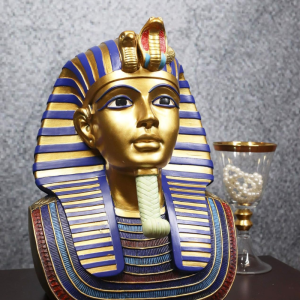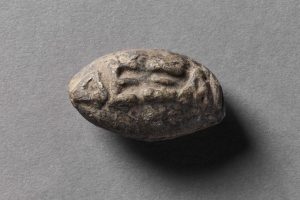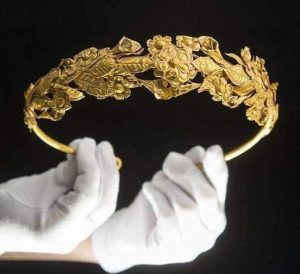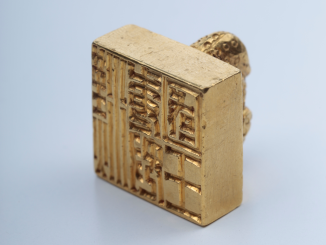Ancient Greek coins are not only artifacts of currency but also windows into the rich mythology and cultural heritage of the ancient world. Among the most fascinating and visually striking coins are those adorned with depictions of goddesses, representing divine figures worshipped by the ancient Greeks. In this blog post, we embark on a journey to discover the significance and symbolism of these coins, exploring the stories of the goddesses they portray and the historical contexts in which they were minted.
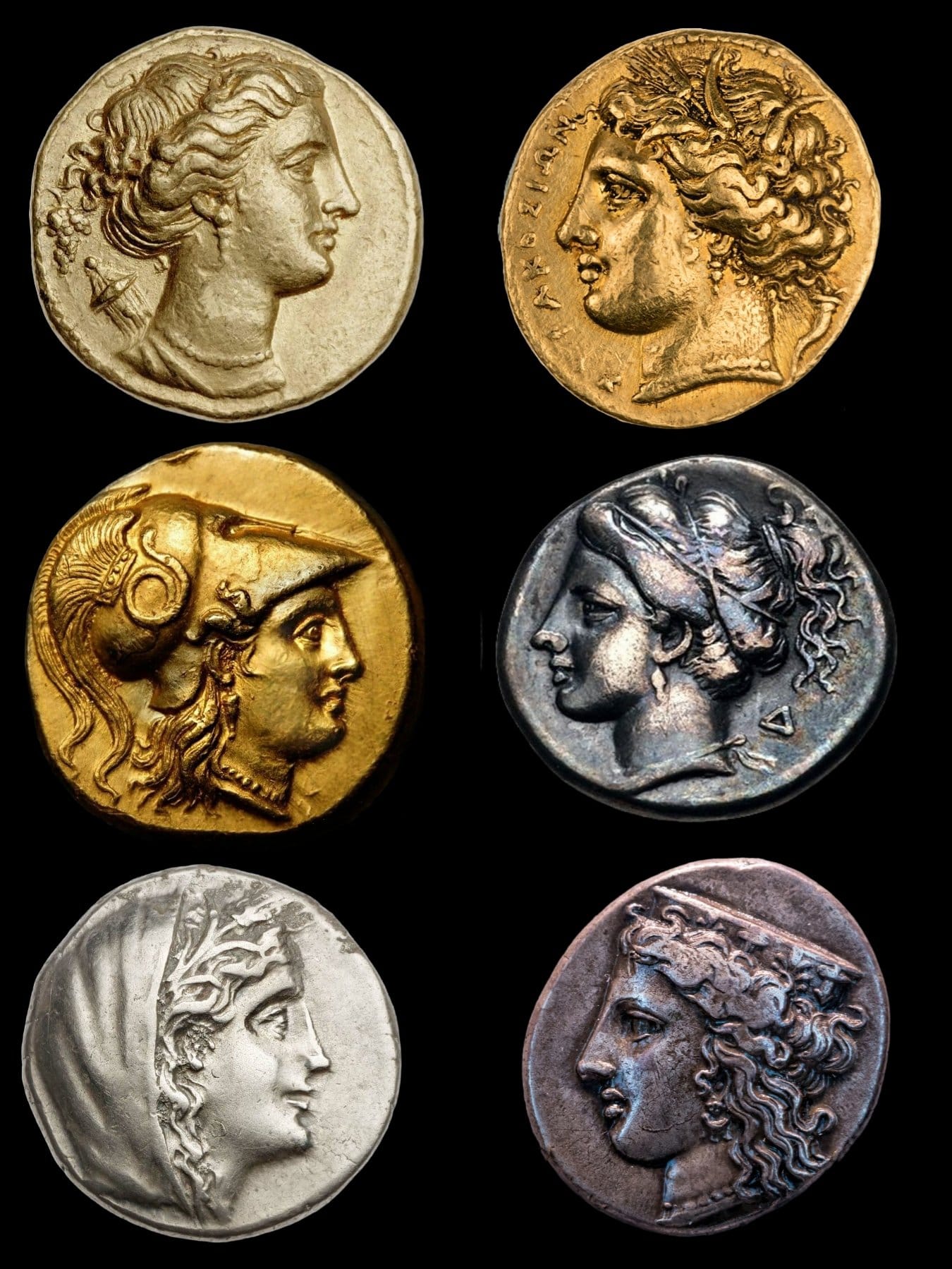
Unveiling the Goddesses of Ancient Greek Coins
- Athena: Wisdom and Warfare One of the most prominent goddesses featured on ancient Greek coins is Athena, the goddess of wisdom, courage, and warfare. Often depicted wearing a helmet and holding a shield and spear, Athena symbolizes the ideals of strategy, justice, and civilization. Coins minted in Athens, the city named in her honor, frequently bear her image, serving as powerful symbols of the city’s cultural and military prowess.
- Demeter: Goddess of the Harvest Another goddess commonly depicted on ancient Greek coins is Demeter, the goddess of agriculture, fertility, and the harvest. Often portrayed holding sheaves of wheat or a cornucopia, Demeter represents the bountiful abundance of the earth and the cyclical rhythms of nature. Coins minted in regions dedicated to Demeter, such as Eleusis and Sicily, feature her image as a tribute to the agricultural prosperity of these areas.
- Aphrodite: Goddess of Love and Beauty Aphrodite, the goddess of love, beauty, and desire, is also a frequent motif on ancient Greek coins. Adorned with symbols of sensuality and allure, such as roses, doves, and seashells, Aphrodite embodies the ideals of romantic love and physical beauty. Coins bearing her likeness were often minted in cities known for their artistic and cultural sophistication, such as Corinth and Cyrene.
- Artemis: Mistress of the Wild Artemis, the goddess of the hunt, wilderness, and childbirth, is depicted on ancient Greek coins as a powerful and independent figure, often accompanied by her loyal hunting hounds or holding a bow and quiver of arrows. Coins minted in regions associated with hunting and wilderness, such as Ephesus and Tarsus, feature Artemis as a symbol of protection and guardianship over the natural world.
Exploring the Significance of Goddess Imagery on Ancient Greek Coins
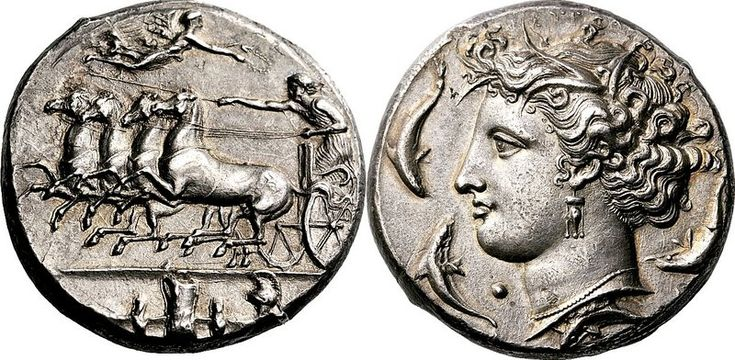
The depiction of goddesses on ancient Greek coins served multiple purposes, reflecting both religious beliefs and civic identity. These coins were not merely instruments of commerce but also symbols of cultural pride and divine protection. The imagery of goddesses such as Athena, Demeter, Aphrodite, and Artemis conveyed important values and ideals to the citizens who used them, reminding them of the divine forces that shaped their lives and communities.
A Testament to Ancient Greek Artistry and Mythology
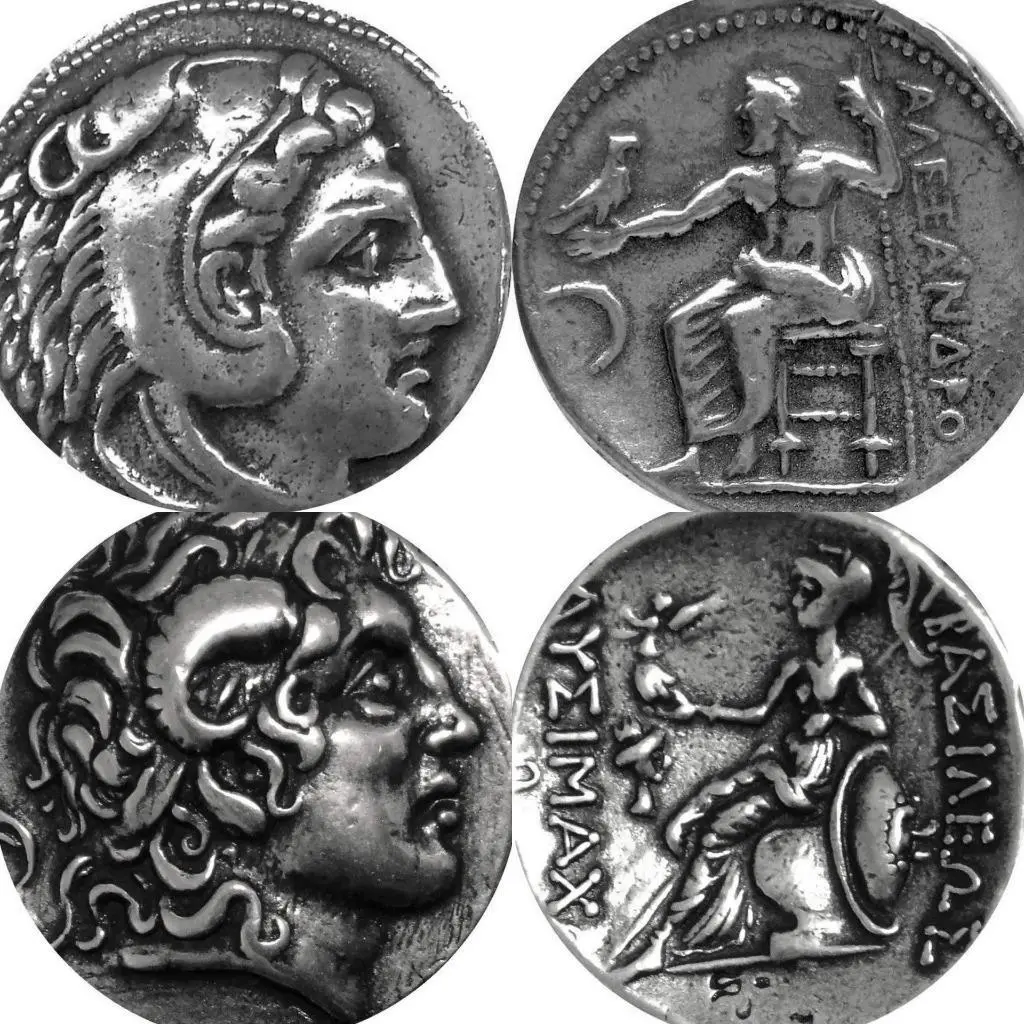
In conclusion, ancient Greek coins adorned with depictions of goddesses offer a fascinating glimpse into the artistry, mythology, and culture of the ancient world. Through the imagery of powerful and revered figures such as Athena, Demeter, Aphrodite, and Artemis, these coins tell stories of wisdom, fertility, love, and wild beauty. As archaeological artifacts, they provide valuable insights into the religious beliefs, civic identity, and artistic achievements of ancient Greek civilization, enriching our understanding of the profound influence of mythology on daily life in antiquity.
